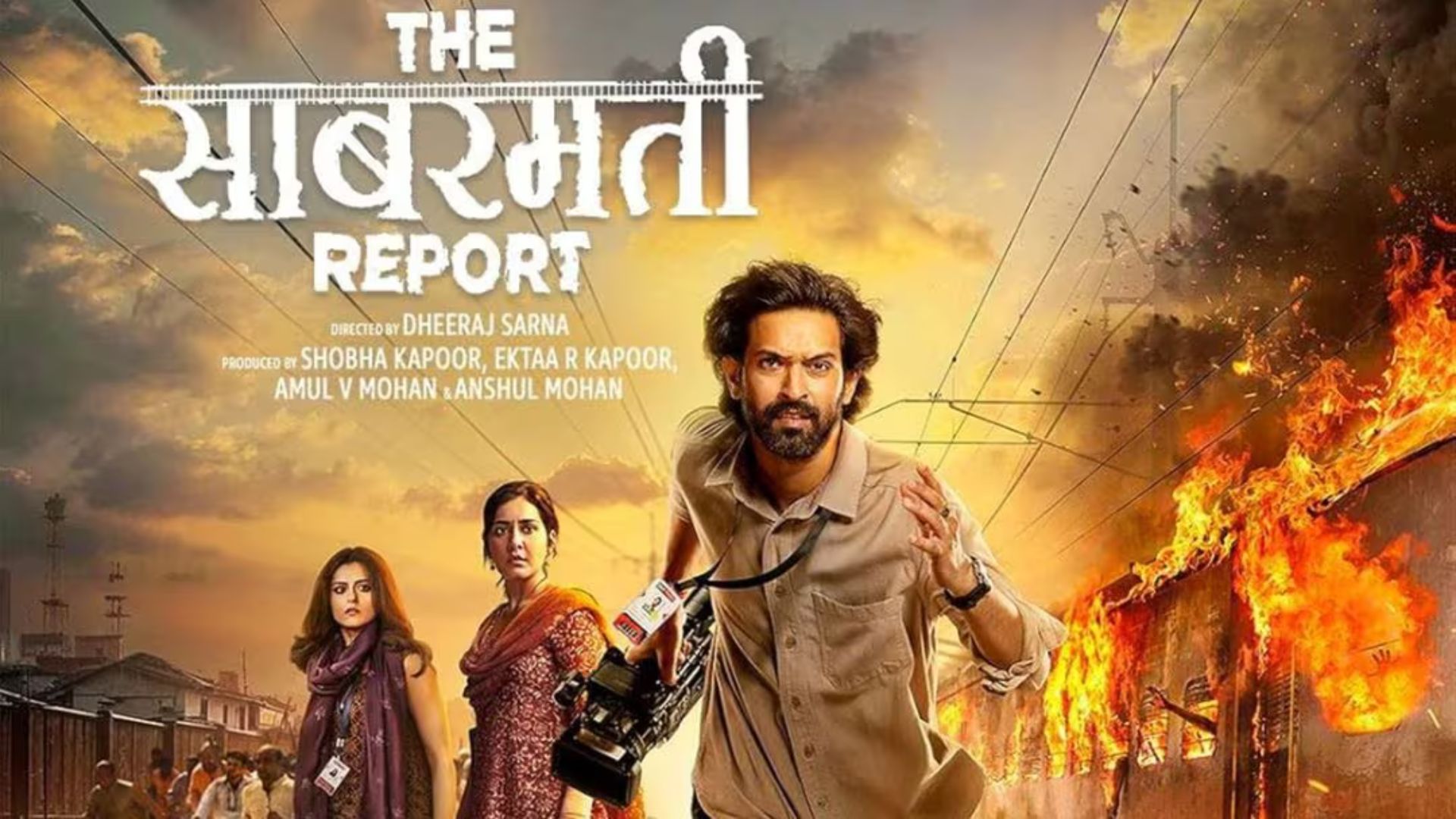
Three months back I was approached to speak at the Army War College, Mhow, during a doctrine and strategy seminar on multi-domain operations. During the seminar, many things happened. I co-related the topic with the current international military and strategic events. I realised that the actual scope was wider since the concept is evolving. I eventually spoke up on ‘Disruption in Military Affairs’ at the seminar. There was a lot of resonance. I outlined the issue in my last article, “Dealing with Dragon effectively”. Thereafter I discussed this concept with some real military intellectuals. They found it interesting. Hence I am attempting to give shape to the concept of “Disruption in Military Affairs”. That is the future and we might as well start seriously thinking about it.
Military affairs have been continually disrupted ever since the Cold War ended. Many of us barely realised it. Reflect. Ideology redefined the way wars were fought. It democratised, humanised and diversified the battlefield. Technology has always impacted and reformed warfare since times immemorial. However, disruptive technologies are driving battles to be fought through new domains in innovative ways. The old order of revolution in military affairs is passe. Ideology and technology have provided tremendous bandwidths to why, where and how battles are fought. They disrupt military affairs completely and take them into the arena of multi-domain warfare when synthesised. This article examines “Disruption in Military Affairs” and dilates on the “Multi-Domain Warfare” faced by India in the SinoPak context with Iran as an outlier example.

Ideological disruption
Ideology as casus belli for wars exists since the Crusades and Holy wars. Nothing new. Nazi ideology disrupted the world in the 1940s. In the post-WW2 era two competing ideologies — capitalism and communism — fought the Cold War with each other. Once the Cold War ended, conflicts revolved around race, ethnicity, religion and political ideologies. These conflicts were for one ideology against another or its anti-thesis, but fought conventionally.
The disruption started with LTTE using terror, assassination and suicide bombing combined with their propaganda. From thence, ideological disruption of military affairs progressed geometrically. Groups like Al Qaeda, ISIS, Boko Haram, LeT and JeM started fighting through ideology rather for it. Their approaches constantly refined disruption. They radicalised and weaponised constituents of their groups and the target population. The distinction between friend or foe and the protected or the targeted vanished. They aligned with state power for support and growth. In turn, they were harnessed and cultivated by radicalised, weak, and failing states which used them asymmetrically against stronger states. Pakistan in particular used ‘radicalised’, ‘Islamist’, ‘jihadi’, ‘terror’ groups in their ideologically-driven proxy wars. They used the concept first in Afghanistan against the Soviets. They refined against India to attempt annexation of Kashmir. Pakistan is now the international exporter of this ‘low cost, high effect’ concept.
Simultaneously, the Chinese were propagating their modified ideology silently under the wraps. This newly minted communism was blended with hard capitalism. The main tool of this cash rich communist ideology was the supremacy of political authoritarianism. The second tool of this ideology was economic weaponisation — intertwine economies, create dependencies and destroy target economies. The third tool set of this ideology is now commonly known as three warfare strategy — influence, legal and information operations. It undermines institutions, especially in democracies by operation at a psycho-physiological level. The fourth tool of this ideology was to build an opaque information firewall between itself and the outside world. Packaged and practised as a whole this new communist ideology has disrupted the battle field in a very significant way. It undermines the target and weakens it to the point of defeat by acquiescence.
Technological disruption

Technology has disrupted warfare as it developed. It is easy to understand since most of us have experienced it in conventional domains — Air, Land and Sea. As technologies advanced and became disruptive, they separated into independent domains due to the wide spread nature of their cause and effect. Many technologies started underpinning other domains. These technologies could be used to propagate hard or soft power. Dualuse technologies could affect a wide range of securities at national levels to include economic, energy, resource, environmental and data security. Warfare and competition have transgressed into these domains beyond traditional domains of military security.
Multi-domain warfare

When the ideological and technical disruptions are driven into existing domains a model of “Multi-Domain Warfare” emerges. To reiterate, Clausewitz said: “War is politics by other means” and conversely “politics is war by other means”. Mao’s view was that “politics is war without bloodshed” and “war is politics with bloodshed”. Both these put together encapsulate the Multi-Domain Warfare spectrum. It can be defined as conventional and/or non-conventional war carried out by state, non-state or state sponsored actors using hard and soft power during war, conflict or peace situations by day or night for specified national outcomes in various interacting and overlapping domains. These multiple domains are represented in the graphic below. This concept is an understandable version of ‘unrestricted’ warfare propounded by the Chinese.
The Iran model

The domain to fight from varies with each country and its capabilities. Let us consider the case of Iran for ease of understanding. It is operating in Iraq, Syria, Lebanon and Yemen. It is under heavy sanctions, it does not have an Air Force, any space or nuclear capability of note. Yet the Aramco attacks were hugely successful, low cost and disruptive. Iran has exploited conventional domains through surface to surface missiles, surface to air missiles, armed UAVs, cruise missiles, limpet mines, antiarmour claymore type mines and irregular forces in a calibrated manner. Their ‘Quds Force’ is a combination of ideology, CIA and Special Forces. It allows them to operate from political, ideological, influence and information domains to achieve strategic outcomes through tactical actions. Iran has militarised Shiaism and stitched an overseas Shia-based alliance of militias and regulars. Iran has developed decent cyber-warfare capabilities. Overall, it banks heavily on ideology, has its own brand of technology and conducts warfare through its politics and economy besides conventional domains. Notwithstanding many severe limitation, It is feared by Sunnis, respected by the US and keeps Israel on its toes. Iran has conducted warfare through multiple domains seamlessly. Iran’s model of Multi-Domain Warfare looks something like this.
The Chinese model

China wages 360-degree full spectrum Multi-Domain Warfare seamlessly. It is a constant game of GO to attain advantage and corner opponents. Disruption of conventional Air, Land and Sea domains is through indirect and insidious moves (Pakistan, Nepal, Bhutan, Myanmar, Sri Lanka and Bangladesh). China is investing heavily in disruptive technologies. Space is an enterprise activity to attain energy and high technology dominance. Cyberspace and Electromagnetic Spectrum are offensive domains on their own right. However, they enable disruption through social media, surveillance, data collection and by intelligence collection. These two key domains underpin Chinese disruption through other domains. The nuclear domain also encompasses geopolitics of denial and proliferation (Pakistan, North Korea and Iran). Chinese ‘Three war’ strategies enable manipulating public opinion, provide legal justification, and exert Influence through pre-set narratives. These are dark power domains of ideological disruption. They exploit fissures of democratic societies, convey political intent and prepare ground for other domains to succeed. They build Chinese invincibility and ensure compliance/subjugation to Chinese ideology. Economy, diplomacy, politics & ideology, and energy & resources are traditional domains. However disruption comes through threats, coercion, subversion, weaponising commercial dependency, economic intertwining and ‘Wolf Warrior’ diplomacy. China has weaponised health through the Wuhan virus and mask diplomacy also.
The Pakistani model

The Pakistani model is unique. It has two schismatic entities — the Army and the nation. One does not know which entity is being dealt with. Whenever the nation is unstable, the Army is stable and vice versa. This ensures its survivability despite being constantly bankrupt and at war with itself. The Army perpetually bankrupts the nation while enriching itself. It is in a constant state of internal disruption. Hence using disruption in military affairs comes naturally to it. It has blended ideology with technology to conclusively disrupt military affairs. Its model of Multi-Domain Warfare is dominated by high levels of state-sponsored terrorism using radicalised islamist political ideology, nuclear sabre rattling and exploiting cyberspace. It uses political, diplomatic, public opinion, legal and influence domains in a focused anti-India manner to enhance disruption. It will posture in conventional domains but avoids fighting there. It outsources conventional tasks to the highest bidder. However its own tasks are outsourced to jihadi non-state radicals. The jihadis are then enabled with latest technologies and training. Economy, energy and resource domains are its black holes. Hence it needs a constant benefactor. It is, however, most untrustworthy. Earlier benefactors — Uncle Sam and Saudi Sheikhs — are learning it the hard way. Uncle Xi is the new benefactor whose pocket is under tap. Alignment with Turkey balances China through the Uighur factor. It is not without reason that Pakistan has the most professional Army never to have won a war but is termed as the most dangerous force on earth.
The syncretic disruption
Ever since Pakistan midwifed Richard Nixon’s visit to China in the 1970s, there has been a deep bond between China and Pakistan. With time, political and ideological accommodation between the two has strengthened. Both these revisionist countries have syncretised their ideologies when dealing with India. They overlook each other’s rough edges. Each of them individually have synthesised their respective ideologies with suitable technologies. In effect they present us a wide range of challenges to which we are forced to respond. In the foreseeable circumstances as Pakistan becomes more indebted to China, this issue will compound and magnify. What India is to face hereafter is not mere collusion but a syncretised version of SinoPak Multi-Domain Warfare with an expanding spectrum of disruptive capability.
Indian response
A rising India will have to think beyond the conventional domains. It is up against the most dangerous force and the most ambitious force in a fractured battlefield. Our conventional mindset will not work. Not because of lack of capability. We have not been able to use our formidable capabilities in conventional, space and nuclear domains. These have not deterred our nuclear adversaries from doing what they want to. At the same time we do not have to simply ape what the Chinese or Pakistanis are doing. Hence we need to develop our own model consistent with our politics, culture and capabilities. Most importantly, we need to put structures in place to enable conduct of Multi-Domain Warfare. Disruption has to be beyond traditional military structures. At the root, Multi-Domain Warfare and disruption are autocratic in nature. They suit countries like China and Pakistan. The challenge for amorphous democracies like India is to develop a Multi-Domain Warfare model which can disrupt the Sino-Pakistani tide. It can be done. It needs a whole of government approach.
Lt Gen P.R. Shankar was India’s DG Artillery. He is highly decorated and qualified with vast operational experience. He contributed significantly to the modernisation and indigenisation of Artillery. He is now a Professor in the Aerospace Dept of IIT Madras and is involved in applied research for defence technology. His other articles can be read on his blog www.gunnersshot.com.















